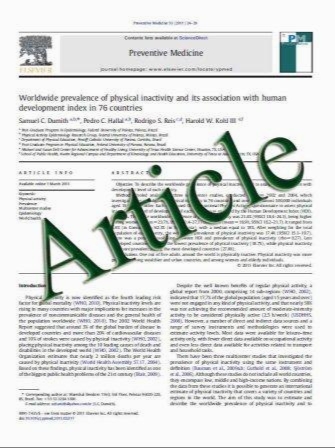Seasonal Variation in Metabolic Syndrome Components: How Much Do They Influence the Diagnosis of Metabolic Syndrome?
- نوع فایل : کتاب
- زبان : انگلیسی
- مؤلف : Mattias Carlstrِm
- چاپ و سال / کشور: 2010
Description
Obesity and hypertension are increasing problems worldwide, resulting in an enormous economic burden to the society. The metabolic syndrome components (ie, central obesity, dyslipidemia, hyperglycemia, and hypertension) are used to identify individuals at high risk of developing cardiovascular disease and type 2 diabetes. The cause of the syndrome is not yet clear, but insulin resistance and dyslipidemia have been proposed. Emerging evidence suggest that increased visceral adipose tissue stimulates secretion of bioactive compounds that promote inflammation, oxidative stress, and impair lipid metabolism and vascular relaxation. Interestingly, all components of the metabolic syndrome display seasonal variation, and hence may influence diagnosis. The seasonal variability in metabolic components is partly explained by changes in climate and lifestyle factors (eg, physical activity and diet). The clinical role for seasonal variations in metabolic risk factors remains to be further elucidated. However, the new findings indicate that seasonal variation should be considered in diagnosis and management decisions.
Curr Cardiovasc Risk Rep (2011) 5:29–37 DOI 10.1007/s12170-010-0139-z Published online: 16 November 2010


